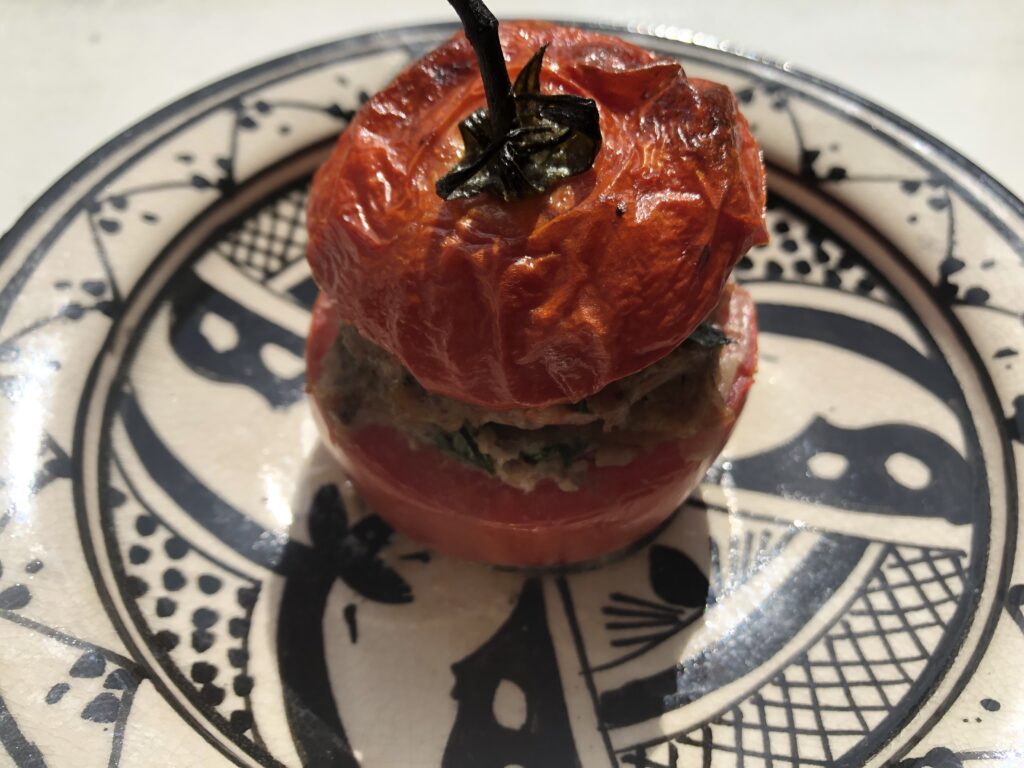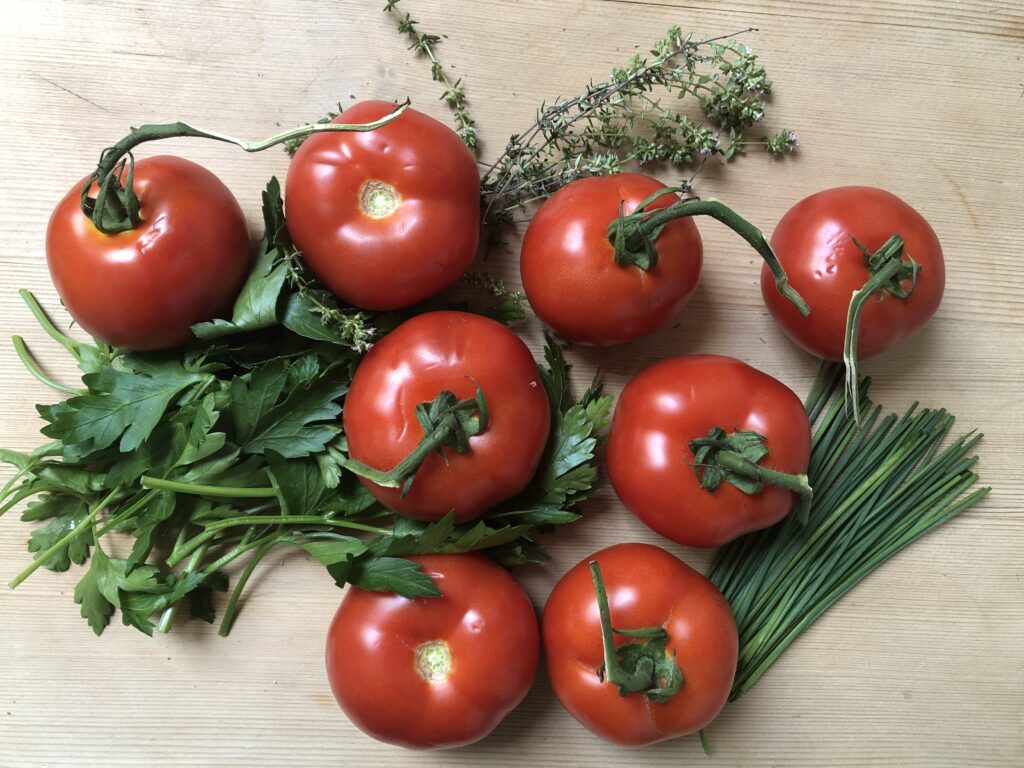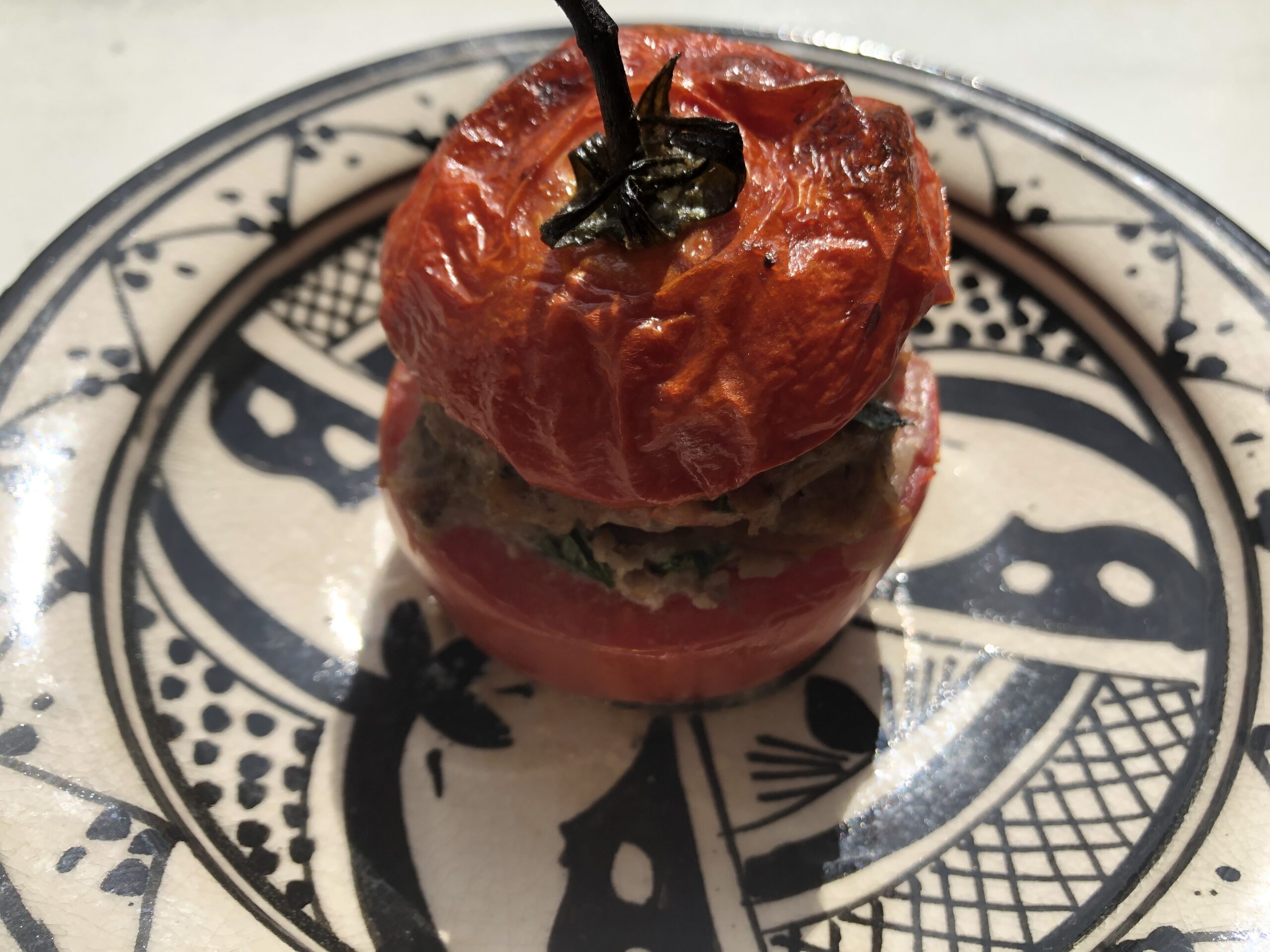Wherever you go, there you are.
Jon Kabat-Zinn

Luc-Sur-Mer, Normandy, 1970
My parents rented a small house in the beach town of Luc-sur-Mer on our first trip to Europe. There was a sign over the front door that read, ‘Pourquoi Pas?’
One muggy night, I woke up in the bedroom that I shared with my brothers to the voices of my mother and stepfather talking.
‘We should move here, Ed…’
‘What are you talking about?’
‘I mean it, Ed. You’re happy here. Your eyes are shining… MY eyes are shining.’
‘But that’s impossible. What about my job? We can’t just chuck everything…’
‘Who says we can’t? We need to get away from the goddamn Vietnam war. You can finally write here and we’ll be free.’
Wine glugged into a glass. Perplexed by what I had just heard, I turned on the bedside lamp and stared at the pink wallpaper with rows of roses on it that I found so pretty. One of the rose leaves moved, just a tiny bit. I tiptoed over to the wall to get a closer look, only to find a live snail on the leaf. Curious, I inspected the rest of the wall. It was teeming with its fellow species.
‘Oh no,’ I whispered to myself.
I peered into the large washing basin on the floor, which was filled with a slimy liquid. Our neighbour Monsieur Yves had advised me to put the garden snails in heavily salted water for three days so that they would spit themselves to death before cooking them. It hadn’t occurred to me to place a lid on the top to keep them inside and now they were lugging their houses up towards the ceiling.
‘Pourquoi pas, Ed? Really… pourquoi pas?,’ challenged my mother from the living room.
My stepfather remained silent. Neither of them said another word and I knew right then that everything was going to change. I held my breath and looked over at my brothers who continued to sleep, still unaware of The Decision. Come hell or high water, we were moving to France.
The next day my mother helped me pull the snails off of the wall and lay them back in the moist earth underneath the tree in the garden. We couldn’t face cooking them anymore, and I didn’t dare mention what I had heard during the night. She then sent me out to the local comestibles to pick up a tray of tomates farcies, our favourite plat préparé.
Balancing the aluminium pan in front of me as I walked back to the house, I wondered what it would be like to live in this country. Shopping for the family was fun. No merchant ever batted an eyelid when a nine year old girl swaggered into their store and asked for a bottle of whiskey and a carton of Pall Malls. But what about my friends? And Grandmom? And our dog Charcoal?
To make a long story short, moving to France was an adventure for my brothers and me, but it had lifelong repercussions for my parents. My mother had the will and the money to persuade my stepfather to walk away from his job as a journalist and live the American in Paris dream, but she was too confused to understand that she was really funding a futile, geographical cure for his alcoholism. We still re-hash The Decision to this day. She blames herself for ruining his career, and I tell her that if we had stayed in Washington DC, he most likely would have imploded under the responsibilities as a bureau chief and ended up blacklisted all over Capitol Hill. If only, what if… we gnaw on this bone until kingdom come, but the master with the answers is long gone.
Tomates Farcies hail from the region of Provence, but every shrewd and parsimonious home cook makes them. The French like to use a variety of meats and often add their left over daubes and scraps to the mélange while they are ransacking the fridge for ideas. ‘Chicken, pork and veal? Ground beef and sausage? Let’s not forget to use up that last bit of Bayonne ham!’ It is all fair game.
I suggest that you be freewheeling with this recipe and trust your instincts. Some recipes will tell you to put all of the tomato pulp and cores into the meat mixture, but in my experience, it can make everything too soggy. You don’t want the stuffing to be too dry either, so add a little juice to soften things up. The tomatoes should be cooked until they are slightly caramelized and shrivelled, and your eyes and nose will tell you when they are done.
Ingredients
4 tablespoons of butter
6 to 8 medium sized tomatoes (2 to 3 pounds)
3 to 4 shallots
2 garlic cloves
4 or 5 medium mushrooms, finely chopped
100 g of stale white bread, crusts removed
100 g of ham
150 g of ground pork
150 g of ground veal
1 egg
A small handful of fresh herbs, preferably a blend of chives, flat leaf parsley and thyme
Salt and freshly ground black pepper
Lemon juice
The Method
Preheat the oven to 200°C
Coat a straight sided baking dish with 1 tablespoon of the butter.
Cut a slice off the stem of each tomato and reserve each top. Scoop out the pulp and seeds and reserve.
Melt 1 tablespoon of the butter in a small skillet. Add the shallots and cook gently until transparent. Add the garlic and cook for only for a moment. Do not overcook or it will become bitter. Scatter the chopped mushrooms into the pan and brown.
Take the stale bread and dip it into the tomato pulp. Squeeze gently to remove excess liquid.
Place the ham in a food processor and finely chop. Add the egg, herbs, the shallot, garlic and mushroom mixture, the bread and the the meats. Process just until combined. If it appears dry, strain a little bit of the tomato liquid into the mixture and pulse one second more.
Season lightly with salt and pepper.
Generously stuff the tomatoes with the mixture. Replace the tomato tops and arrange in the buttered dish. Dot the tomatoes with the remaining butter. Chop the remaining cores and pour them along with the juice around the tomatoes. Bake until nicely browned, around 40 to 50 minutes. This will depend on the size and firmness of the tomatoes.
Once they are done, remove from the oven and squeeze lemon juice over the tomatoes and into the sauce to brighten up the flavour. They taste best served lukewarm, not piping hot. I like them with rice and grilled zucchini, but they are also lovely with a bit of focaccia or good bread.


